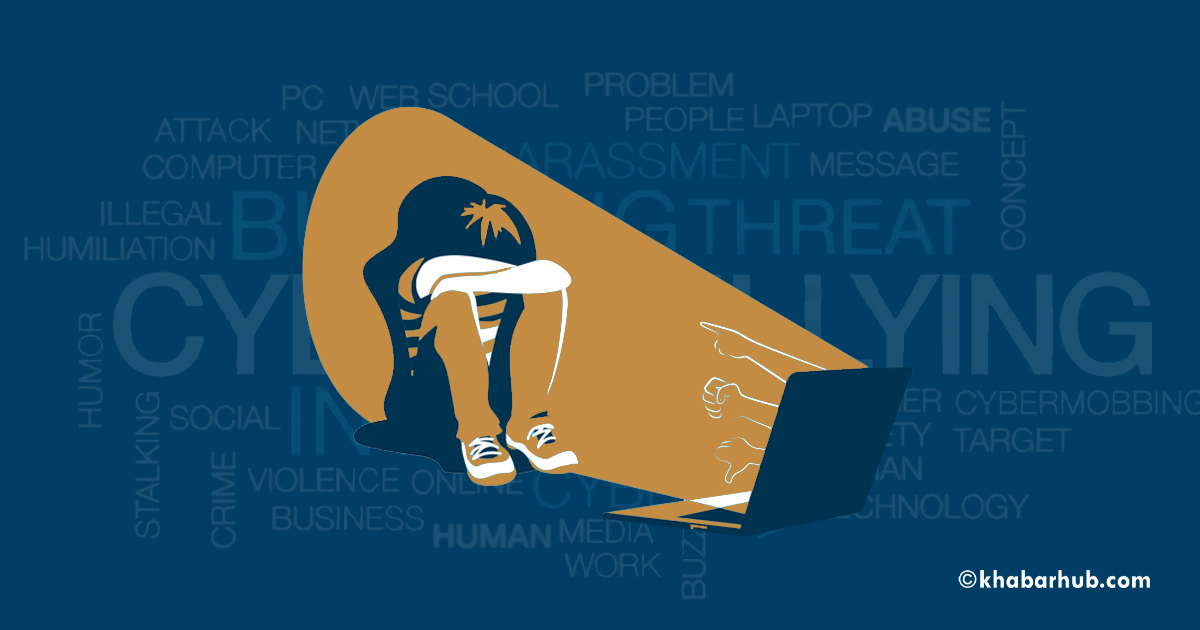Cyberbullying is using digital-communication tools, such as cell phones and Internet to make other people feel sad, angry, scared, annoyed, or sometimes humiliated again and again.
Cyberbullying examples include sending spiteful or hurtful texts or messages, or posting embarrassing videos or photos on social media, and spreading rumors.
It is also when kids or youth or people of any age use online technology to hurt others by using the Internet to embarrass and harass people. It’s usually done on purpose.
In recent times, people use social media, emailing or texting to talk to their friends, which means that cyberbullying can happen easily.
Hurtful messages or unflattering pictures can be sent to someone in the school, college or office with just one click.
If you’re making efforts to figure out whether your family members, especially the young ones are being cyberbullied, one needs to think whether the offender is being hurtful repeatedly.
Cyberbullying, at times, is someone sending a spiteful text. Sometimes, it can be a group of people posting such things about someone to others.
Examples of cyberbullying behavior:
Sending malicious messages, emails, or texts.
Sending messages to others in the form of harassment.
Posting malicious stuff about someone on social media.
Spreading gossip or rumors about someone on social media.
Making fun of a person in an online group chat.
Pretending to be someone by creating a fake profile.
Intimidating or threatening someone online.
Taking embarrassing pictures or video and sharing it without permission.
Preventing Cyberbullying
Prepare your child or your siblings to interact in an online world.
Make him or her know about cyberbullying.
Discuss with them what steps they need to take if they experience cyberbullying.
Practice real-world social skills.
Teach them empathy and respect for others.
Make them understand the apps, devices, and technology.









Comment